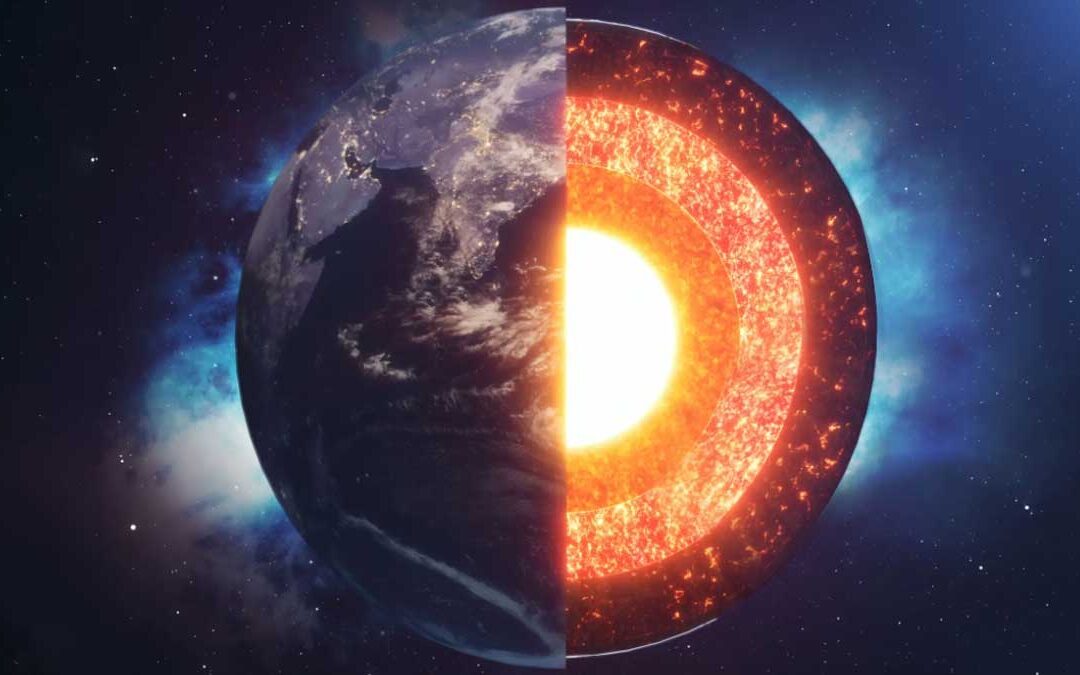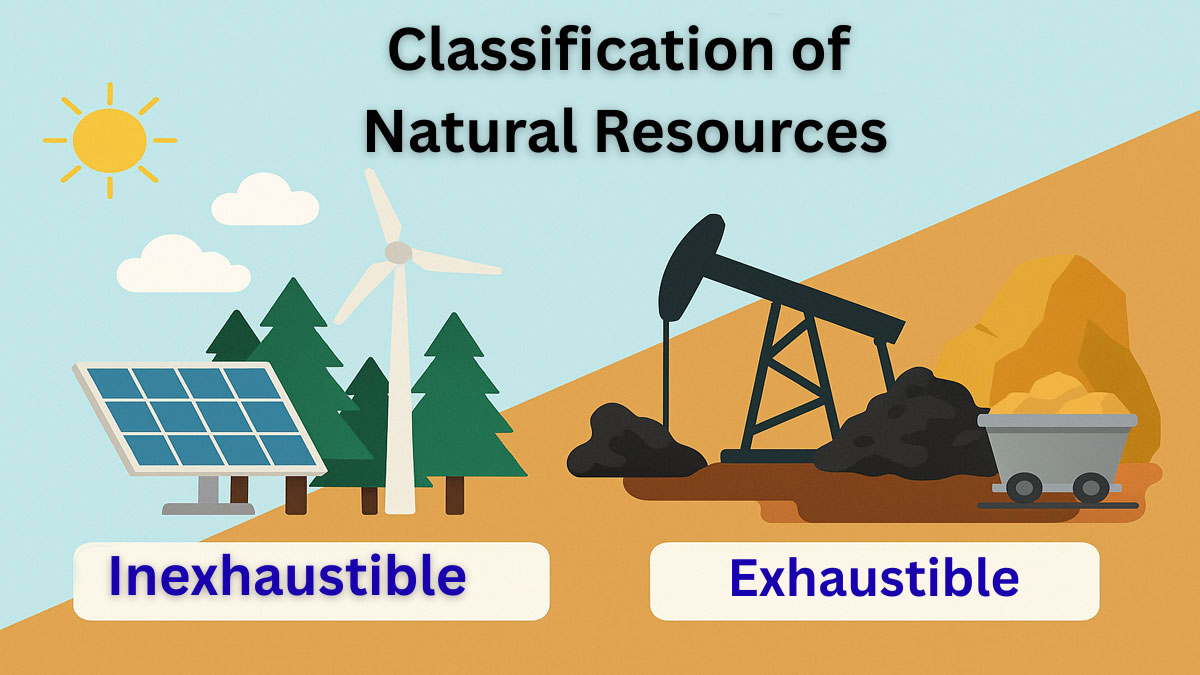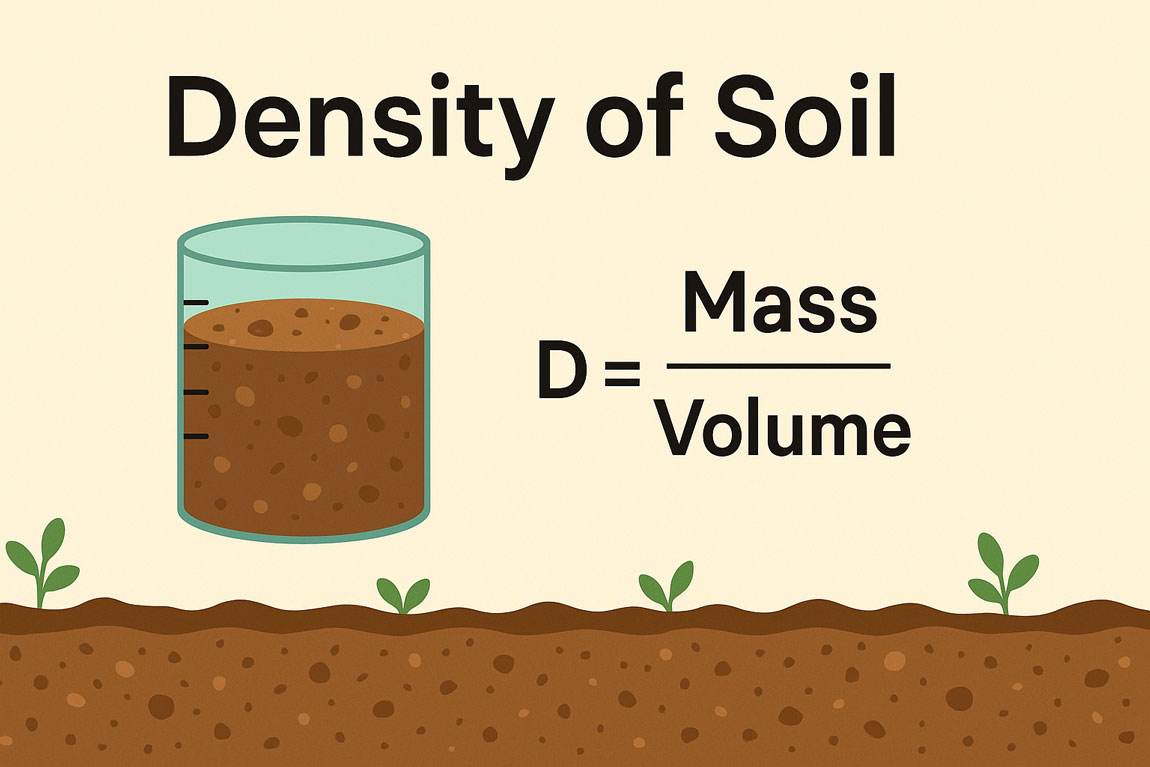Three primary structural units of the earth
- CRUST
- MANTLE
- CORE
These structures are divided based on seismic waves (P and S wave velocities)

1. Major Characteristics of Crust
- The crust is the Outermost and thinnest layer
- It is relatively cool and consists of hard rocks
- The oceanic crust is about 5-10 km thick and has a basaltic composition dominated by silica and magnesium.
- The continental crust is about 20-40 km thick, but it can be 70 km thick under mountains. Its composition is granitic (Silica and Aluminum dominantly).
2. Major Characteristics of Mantle
- The mantle lies directly below the crust.
- It is almost 2900 kilometers thick, making up 80 percent of Earth’s volume.
- The chemical composition may be similar throughout the mantle
- Temperature and pressure increase with depth, resulting in the strength of mantle rock varying with depth and creating layering within the mantle.
- The upper part of the mantle consists of two layers: a) Lithosphere and b) Asthenosphere

2.1 Lithosphere
- The outer part of the Earth, including both the uppermost mantle and the crust, makes up the lithosphere
- its mechanical behavior is similar to that of the crust.
- The lithosphere can be as thin as 10 kilometers where tectonic plates separate. It is about 75 kilometers thick beneath the ocean and 125 kilometers under the continents.
- A tectonic (or lithospheric) plate is a segment of the lithosphere.
2.2 Asthenosphere
- The asthenosphere extends from the base of the lithosphere to about 350 kilometers.
- It gradually increases temperature with depth, resulting in small degrees of partial melting, possibly as much as 10% in regions of high heat flow. This partial melt is an essential source of magma and a lubricant to ease the tectonic movements of the lithospheric plate.
- This change in rock properties occurs over a vertical distance of only a few kilometers.
- This zone also called as low velocity zone where the velocities of s wave is decrease.
- So the asthenosphere flows slowly, perhaps at a rate of a few centimeters per year (Lithospheric plates glide slowly over the asthenosphere like sheets of ice drifting across a pond )
- At the base of the asthenosphere, increasing pressure causes the mantle to become mechanically stronger, and it remains so all the way down to the core.
3. Major Characteristics of Core
- The core is the innermost of the Earth’s layers.
- Outer core: 2900 to 5150 km (liquid)
- Inner core: 5150 to 6370 km ( solid)
- Overall, it is a sphere with a radius of about 3470 kilometers, is composed largely of iron and nickel, and has a density of about 12 x 103 Kg/m3
- At the boundary of the outer core, P-waves are marked by an abrupt reduction in velocity, bent inwards, and producing a shadow zone. The disappearance of S-waves also suggests that it is in a liquid state (molten) because of the high temperature in that region.
- Near its center, the core’s temperature is about 6000ºC, as hot as the Sun’s surface. The pressure is greater than 1 million times that of the Earth’s atmosphere at sea level.
- This extreme pressure overwhelms the temperature effect and compresses the inner core to a solid.






